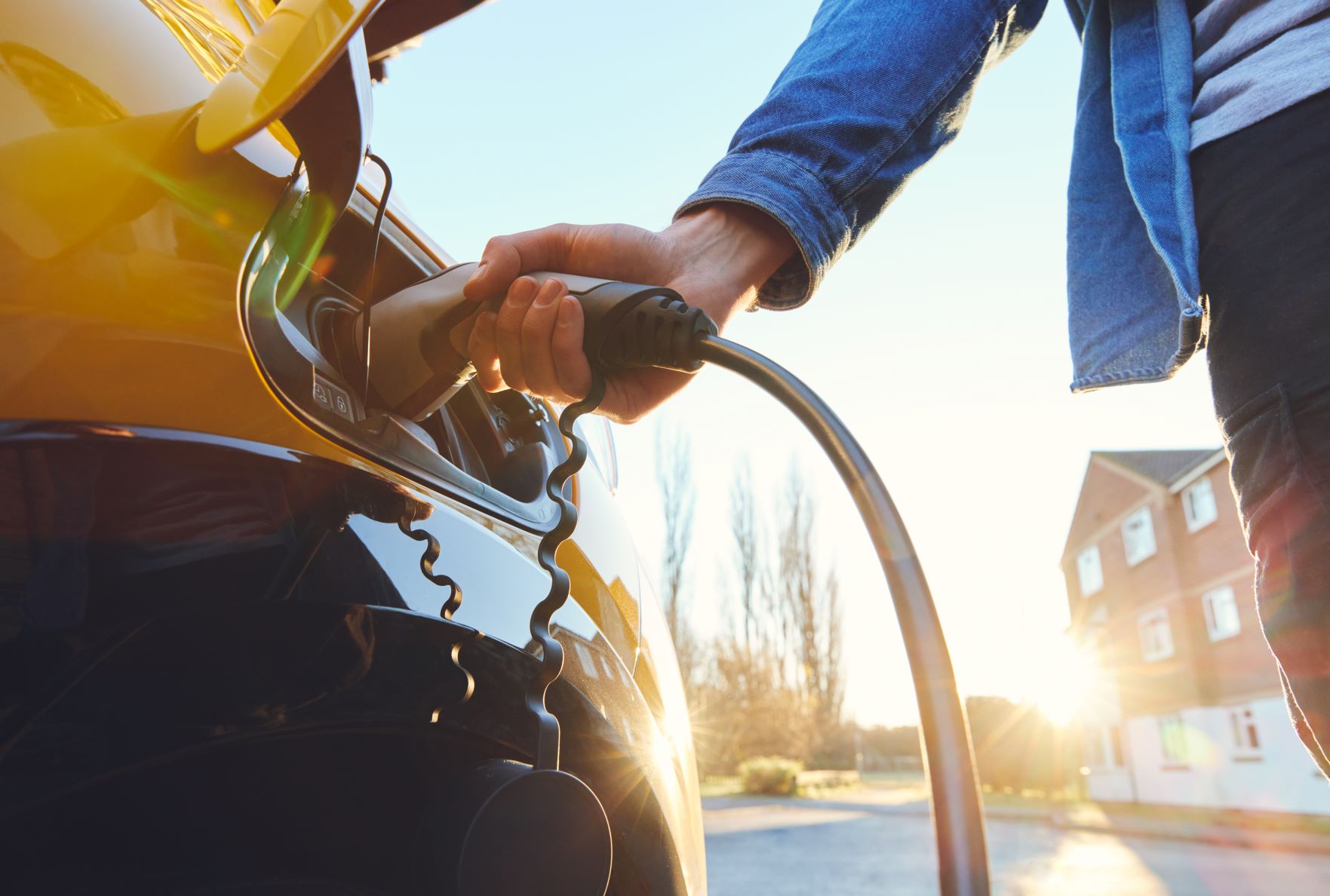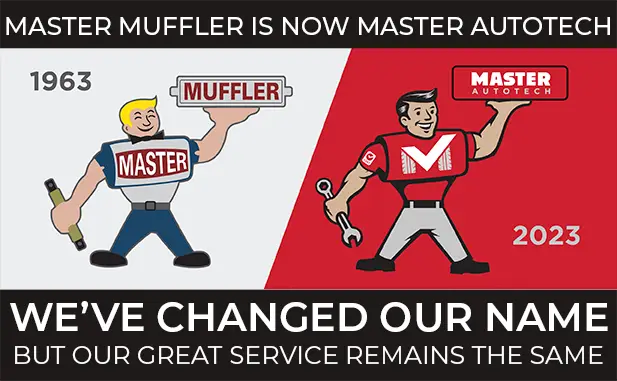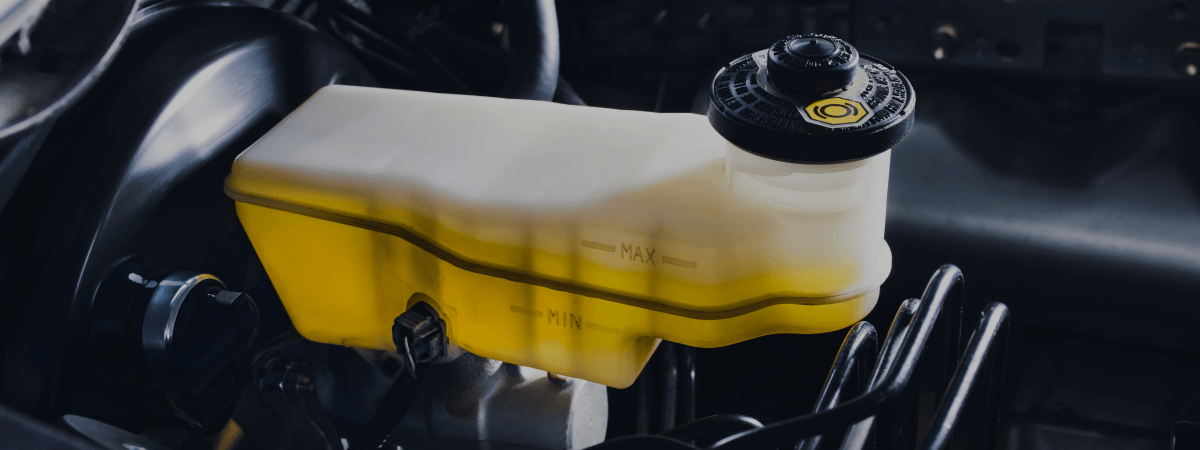
When it comes to reducing your carbon footprint, you can make a big impact with your vehicle. Master Muffler South Orem shares details below regarding the different types of alternative vehicles available in the US today.
The emissions a car produces contribute to climate change and can affect the quality of the air around us. That’s why so many drivers are switching to alternative-fuel vehicles. But which ones are the most eco-friendly?
What’s in My Car’s Exhaust?
Your vehicle’s exhaust system produces toxic gasses, including:
- Carbon monoxide
- Nitrogen oxide
- Nitrogen monoxide
While a properly working exhaust system does filter out harmful pollutants, it can’t stop them all. If you make the switch to a vehicle powered by electricity or an alternative fuel source, you can significantly reduce the amount of harmful gasses being emitted into the atmosphere every time you drive.
Studies show that hybrid electric vehicles can reduce lifetime emissions up to 30%, while all-electric vehicles can reduce lifetime emissions up to 50%.
Types of Environmentally Friendly Vehicles
There are many different options for more eco-friendly driving; you don’t have to settle for a car that doesn’t meet your needs to be more environmentally conscious.
BEVs and EVs
Battery-electric and all-electric vehicles are those powered only by a battery. This includes models like the Tesla Model S, Nissan Leaf, Mazda Mx-30, and the Mini Cooper SE. Ford even makes an all-electric truck, the F-150 Lightning. These types of electric vehicles never produce emissions because they don’t use any gasoline or diesel. A BEV and EV are recharged with a 120v (47 – 86 hours) or 240v (6 – 7 hours) outlet.
PHEVs
Plug-in hybrid electric vehicles utilize a battery that can be plugged in to recharge, and they can also switch to using traditional fuel sources. Like a BEV or EV, a hybrid vehicle can be charged on 120v, or you can upgrade to the faster 240v. Depending on the vehicle, PHEVs typically stay in battery-powered mode when operating under 15 miles per hour. Popular PHEVs include the Toyota Prius Prime and the Hyundai Ioniq Plug-in Hybrid.
A note about charging your BEV, EV, or PHEV: most electric dryers operate on 240v, so you can upgrade your home charger from 120v to this voltage. It’ll give you a faster charge so you can be on your way sooner. You can also find and utilize public charging stations on the road using apps, or just looking them up online.
HEVs
With a combination of combustion engines and electric motors, hybrid electric vehicles don’t need to be plugged in to recharge the battery. Instead, the battery is charged via regenerative braking. This process converts kinetic energy into electrical power for the battery. Toyota is a top producer of HEVs, offering both a Camry and Corolla option.
FFVs
Flexible fuel vehicles are similar to HEVs in that they have combustion engines. They’re more eco-friendly than conventionally-powered vehicles since instead of just gas or diesel, they burn gas and ethanol. This cleaner fuel blend has fewer volatile components (VOCs) than regular gas and produces fewer emissions. If you need a vehicle with a bit more power, you’ll find lots of trucks and SUVs that fall in this category.
NGVs
Natural gas vehicles are powered by liquified gas, and may also have the ability to fuel up with traditional gasoline as well. Natural gas has fewer greenhouse gas emissions than traditional fuel, but it’s still not a hugely popular option in the US. The US Department of Energy states there is about 175,000 NGVs on the road, with more than 23 million worldwide.
FCEVs
Fuel cell electric vehicles are powered by hydrogen gas. The fuel cell converts hydrogen to electricity, resulting in emissions containing just water vapor and air. This type of vehicle is still in the early stages of development; we don’t currently have solid infrastructure to support this fuel type.
Did you know you can change your emissions impact by driving the vehicle you have differently? Try driving less often, reducing idling time, and taking good care of your car. Regularly scheduled oil changes, tuneups, and alignments can maintain your vehicle’s performance so it efficiently burns fuel. Get in touch with Master Muffler South Orem today if you need routine maintenance performed on your vehicle. Call (801) 224-2151, M-F 8am to 5:30pm.
Related Posts
Key Takeaways On average, passenger vehicle tires last 40,000 to 60,000 miles, depending on type, driving habits, and maintenance. Replace tires when tread depth reaches 2/32”, if damaged, or older than 10 years. Regular rotation, alignment, and proper inflation extend tire life. Aggressive driving, poor roads, and harsh weather shorten tire lifespan. Take advantage [...]
When you think about car maintenance, you probably focus on oil changes, tire rotations, and maybe even brake pad replacement. But what about your brake fluid? If you’ve ever wondered, “What does brake fluid do?” or “Why is brake fluid important?”, you’re not alone. Brake fluid might not be the most talked-about part of [...]
Is that high-pitched squeal from your brakes driving you—and everyone else—crazy? Don’t ignore it. Squeaky brakes aren’t just annoying, they’re your car’s way of saying something needs attention. Whether you're cruising through Salt Lake City or winding up Idaho’s mountain passes, here’s what’s likely going on, how you can fix it, and when it [...]





